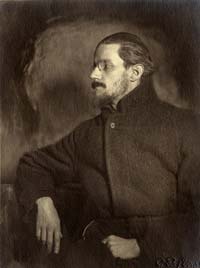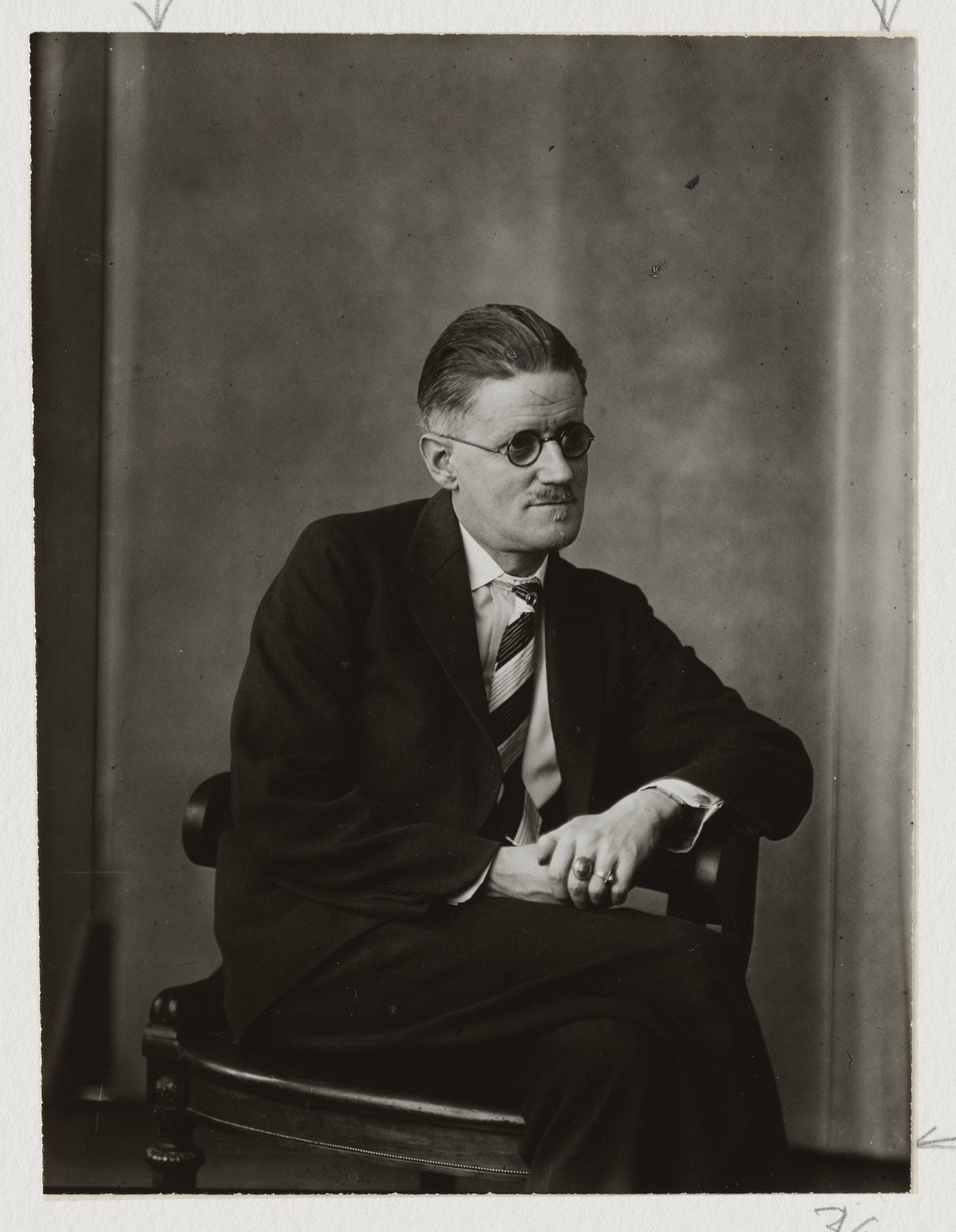

He is the author of, among others, The Secret Library: A Book-Lovers’ Journey Through Curiosities of History and The Great War, The Waste Land and the Modernist Long Poem. The author of this article, Dr Oliver Tearle, is a literary critic and lecturer in English at Loughborough University.
#Jame joyce biography free
His reputation largely rests on just four works: a short story collection Dubliners (1914), and three novels: A Portrait of the Artist as a Young Man (1916), Ulysses (1922), and Finnegans Wake (1939).įor more discussion of James Joyce, see our analysis of Joyce’s ‘An Encounter’, our commentary on ‘The Sisters’, our summary of ‘Clay’, and our introduction to free indirect speech. James Joyce (1882-1941) is one of the most important modernist writers of the early twentieth century. Like many a modernist story, it is open-ended even when, like the street where the narrator lives, it appears to have reached its dead end. ‘Araby’, then, is a story about frustration and failure, but it ends on a note of ‘anguish and anger’, without telling us what will befall the narrator and the girl who haunts his dreams. There are many such moments in this shortest of short stories which repay close analysis for the way the young narrator romanticises, but does not sentimentalise, the feeling of being in love, perhaps hopelessly. This is a true but also heightened in its romanticism: true because it captures what it is to be in love with a special person, especially when in the first flushes of adolescence.īut it is also romantic in the extreme because of the religious and courtly idea (nay, ideal) of love present in that idea of being the girl’s cupbearer (‘I bore my chalice’), the crying (but then, the disarmingly direct parenthetical admission of not knowing why), and the romantic idea of Old Ireland inscribed in that harp, which also carries a frisson of the erotic (with the girl’s words and gestures acting like the finger’s touches all over the boy’s body). But my body was like a harp and her words and gestures were like fingers running upon the wires. I did not know whether I would ever speak to her or not or, if I spoke to her, how I could tell her of my confused adoration.
#Jame joyce biography full
My eyes were often full of tears (I could not tell why) and at times a flood from my heart seemed to pour itself out into my bosom. The mythical method: myths offered a pattern on which to arrange the fragments of experience and also served as a substitute for plot.Her name sprang to my lips at moments in strange prayers and praises which I myself did not understand. He wrote some notes to better understand the symbolism. The language at the beginning is rich in onomatopoeic words, "baby" language, and informal language to add to the realism and vividness of the scene. He shifts from third-person narration to interior monologue. James Joyce Biography Born in Rathgar, a township of Dublin, on February 2, 1882, James Joyce was the oldest of ten children, five others dying in infancy. " Ulysses": it exemplifies the work's parallelism with the Odyssey: it contrasts the episode of Nausicaa's capacity to see beyond appereance and her coming into womanhood with Gerty's projection of her romantic fantasies onto reality. The language reproduces the plain vocabulary and simple syntax of the character. "Eveline": she exempifies well both Joyce's use of form and theme, she faces the first challenge of adulthood dreaming of escaping from her drab life, but at the crucial moment she is powerless to act.Īltough the narrator rarely disappear, the story is a form of third-person narrative which proceeds entirely from Eveline's point of view, mostly from inside her mind. He invented new words but nobody could understand, Joyce’s mission was to create a new language. He was able on render in writing the rithm, tone and pitch of a large variety of speaking voices. Joyce used different linguistic styles appropriate to different carachter and situation, linguistic resourcefulness. He adopted different point of views, different narrative techniques (from third person narrator to the stream of conciousness-interior monologue, where the lack of punctuation or sintax are meant to reproduce in writing the movement of thought).

He had lost his commanding role in art: its task is neither to teach nor to convince but to make people aware of reality through their own subjective feelings. Collection of stories, easy to read, simple language but deep meaning, contrast and continuation of the time, past-present-future, cyclical circle of events that continues and time has his effects on characters ( Bergson "la durée").


 0 kommentar(er)
0 kommentar(er)
